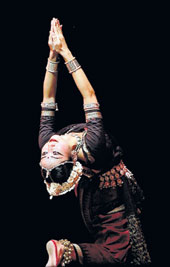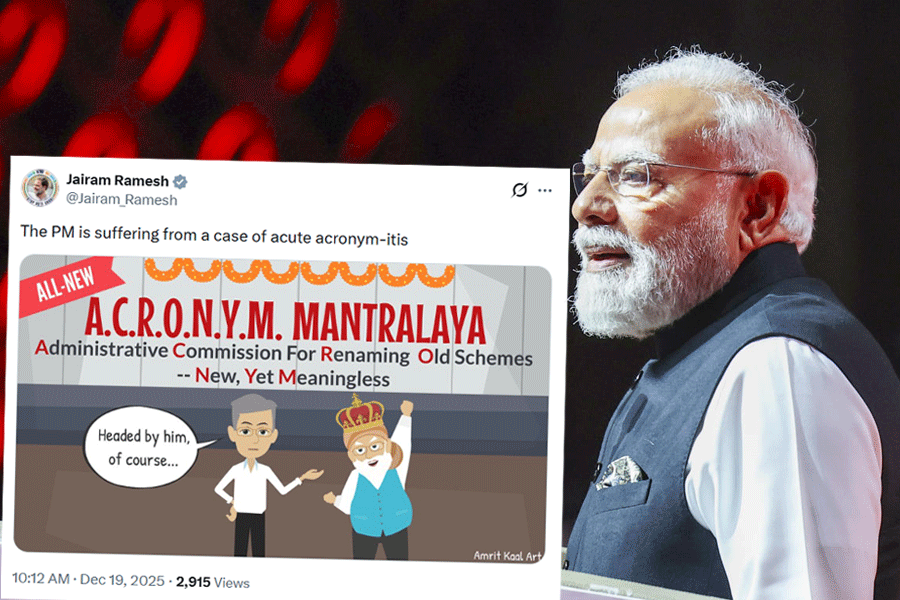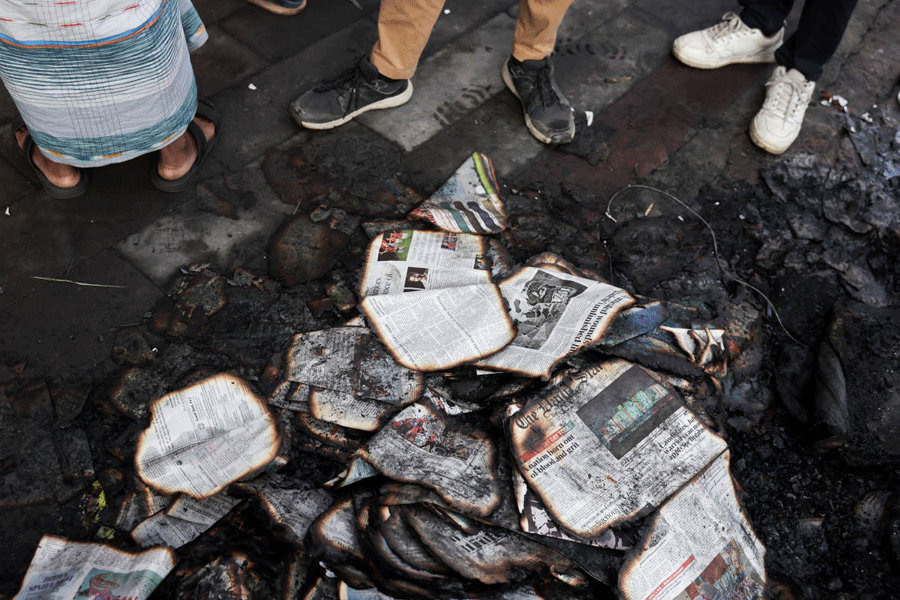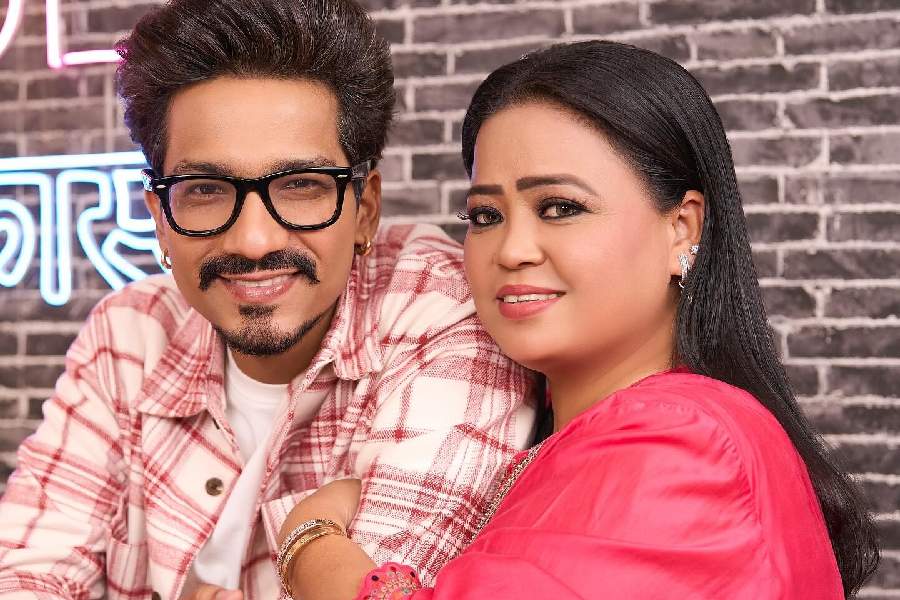 |
 |
 |
 |
 |
| (From top) Odissi exponent Masako Ono; Kim Eun Jung at one of her performances; Alekisandra Michalska; Joanna Ponikiewska; Anca Eugenia Anghelina; Vaidota Sidlauskaite (from top to bottom) strike a Bharatnatyam pose ; Philippe Falisse has found his prayer in dhrupad; sitarist Hollving Argaez Pizanan |
What do you do when your passion for something overrides all else? Why, you leave the comfort of the familiar behind. You bid farewell to family, friends and the life that you’ve always known. And you move lock, stock and barrel to a land that allows you to live your dream. All familiar ground for artistes like Kim Eun Jung, Isabelle Anna, Hollving Argaez Pizana, Masako Ono, Anca Eugenia Anghelina and Philippe Fallisse. For these foreigners, a life in India pursuing the classical arts of dance and music is an everyday reality — one that they’ve assimilated with an inspiring passion.
After a spellbinding Kathak recital, Kim Eun Jung takes a breather and talks in chaste Hindi about a life she left behind eight years ago in faraway Korea. “There’s no time for emotion in Korea as people are so busy in the pursuit of money. I’m more at home in India,” says the dancer. In fact, so enriching have the past eight years been for Kim that she says she can no longer relate to her homeland where life continues at its own frenetic pace.
Although Kim learnt traditional and modern Korean dance and ballet, she fell in love with Kathak when she first saw virtuoso Birju Maharaj perform on stage. The recital proved such an inspiration for Kim that she packed her bags and landed in India in 1998 with a single mission — to master Kathak. She started out under the watchful eye of Guru Urmila Nagar. Later, she trained with Sri Jaikishan Maharaj, son of Pandit Birju Maharaj.
For fellow Kathak exponent and choreographer, Isabelle Anna, India has been home for five years now. Anna’s parents, Milena Salvini and Roger Filipuzzi run an Indian cultural centre called Mandapa in Paris. Like many other French children, Anna grew up on a steady diet of ballet lessons and piano classes, but she finally found her calling in Kathak. Thanks to a scholarship from the Indian Council for Cultural Relations (ICCR), Anna was able to come to India. “I came here to find a guru, who could help hone my skills as an artiste,” says Isabelle who joined Kathak Kendra in 2001. After completing her diploma there, she has undertaken a post-diploma course under Sri Jaikishan Maharaj.
Isabelle’s scholarship programme has come to an end, but the young Frenchwoman has no plans of spelling an end to her Indian sojourn. Isabelle has been performing in and choreographing various shows. But her biggest dream is to perform at the Khajuraho Dance Festival.
Of course, Isabelle and Kim aren’t the only foreigners to pursue their love of art and culture in India. Take veteran Odissi exponent, Sharon Loewen for instance. Loewen came to India way back in 1973 to learn Manipuri dance. She never left. According to her, life has become a lot easier for foreign artistes living in India. “Earlier, it wasn’t easy being a foreigner in India, trying to be accepted.” she says.
Nonetheless, in spite of the strides India has taken towards accepting foreign artistes within its classical arts fold, there are still challenges to be overcome. “India is a country of contradictions, so while being an artist here definitely makes for an exotic life experience, it is not without its share of challenges,” says Isabelle.
For sitarist, Hollving Argaez Pizana, who used to give tabla lessons and perform contemporary dance on stage in Mexico before arriving in India, the country proved a culture shock. “While I was apprehensive, I knew I had to come here at any cost,” declares Pizana. He adds, “Initially, I found India to be very different from Mexico. But after a year and a half of living here I realised just how similar the two countries are.”
Odissi exponent Masako Ono cooks her own food at home in Bhubaneswar and loves to tuck into chapatis and baigan ka bharta. What seduced her into coming to India? A video recording of one of Guru Kelucharan Mohapatra’s performances that she saw in Tokyo. The attraction was immediate. She wrote to dancer Protima Bedi explaining her dreams of becoming an Odissi dancer, though she was on a limited budget. Bedi signed her up at Nrityagram in Bangalore.
Based in Bhubaneswar since 2001, Masako today is a professional Odissi dancer and yoga teacher. Her dance card is choc-a-bloc with solo shows, workshops and lectures. “I’ve now reached a stage where I can afford to choose my performances. And I can even add my own interpretations,”she says.
If a chance viewing of an Indian classical performance brought artistes like Kim and Masako to Indian shores, it was a love of the Bengali language and literature that drove Belgian Philippe Falisse to the Rabindra Bharati University in Calcutta. While studying there, he discovered dhrupad and ever since it has become, according to him, not a hobby or a profession, but a prayer.
“It’s something that is enclosed within you. A pure sound, one that gives you immense joy,” explains Falisse , the Press and Culture Counsellor at the Belgian Embassy in Delhi. Falisse has performed in places like France, Italy, Belgium and Bangladesh.
Falisse has made his home in India. “My wife, Banishree is a Bengali and a well-known khayaal singer. Unfortunately though, being a foreigner, people always invite me to perform more often than her — and I think she’s the more accomplished one,” he says.
So does being foreigner help one to scale artistic heights in India? Pizana sees two sides to the story. “Some people are curious to know what you can offer. Then there are those who are a bit sceptical about you representing an art form from their country,” he explains.
According to Bharatnatyam dancer, Anca Eugenia Anghelina who’s from Romania, there’s always some prejudice when a foreigner comes to a particular country and shows interest in an indigenous dance form. “I think one’s place of birth shouldn’t matter, as everyone has the right to pursue something, which he/she completely identifies with,” says Anca.
Anca, who came to India four years ago, has been learning Bharatnatyam from Guru Jayalakshmi Eshwar. She’s still fond of ballet, but says it doesn’t have the spiritual depth that she’s discovered in Bharatnatyam. Often, she also tries to merge Indian and Romanian culture while performing. “I try to blend Romanian poetry with Bharatnatyam,” says Anca who finds many similarities between the two cultures. “The old names of most of the rivers and towns in Romania, it seems originated from Sanskrit. It’s believed that all languages spring from Sanskrit, so yes I find a connection there,” she adds.
While some foreign artistes have discovered connections between India and their homelands, others like Maruyama Hiroshi have forged bonds of their own with the sub-continent. 27-year-old Hiroshi, a student at Gandharva Maha Vidyalaya in Delhi, lives with an Indian friend and his wife. “They’re family to me and staying with them, I’ve learnt quite a bit of Hindi,” he says.
Hiroshi dreams of giving sitar lessons to students in Japan once he finishes his PhD. in India. Currently on a scholarship from the Heiwa Nakajima Foundation in Japan, Hiroshi’s area of research is wedding songs in eastern UP and Bihar.
In fact, the security of scholarships is what most of these artistes turn to for funding their studies and lives in India. Says Isabelle, “Without the ICCR scholarship, I would neither have been able to pursue my passion nor would I have been able to finance my stay in India.”
Pizana’s scholarship runs out in a year but he intends to stay on. Eventually, he would like to return to Mexico and give sitar lessons.
 |
| Isabelle Anna has found her calling in Kathak |
Most of the artistes on scholarship aren’t allowed to work while studying. And most live on their own dollars. Of course, there are those who earn extra bucks on the side giving dance and music lessons. Isabelle, for instance, teaches Kathak once a week.
Joanna Ponikiewska, a Bharatnatyam student at Triveni supplements her scholarship with the nest egg she’d saved as an English teacher in Poland. The occasional translation projects she picks up also help. “It’s not easy to survive on a scholarship. But then again, if I wanted an easy life, I wouldn’t have chosen dance,” says Joanna who studies the dance form along with Anca and Alekisandra Michalskaalso from Poland and Viadota Sidlauskaite from Lithuania.
For her part, Loewen has done her bit to help others like herself. She began the Videshi Kalakar Utsav — a festival that took place annually between 1989 and the mid-90s. Events like these, she feels, not only help change the attitude of the audience towards the artist, but also build a greater respect between teacher and student. The guru-shishya equation, in fact, is one of the distinctive aspects of learning a performing art in India. Pizana shares a close relationship with his guru, Shubhendra Rao who is “like a father figure” he says.
According to Isabelle, the guru-shishya bond is missing in countries like France. “It seems we’ve lost the concept of respect for one’s superiors over there,” she says. And then, there’s the money. Loewen says payments depend upon the programme —whether a festival, a commercial programme or an NGO event — and the organisers. A young artist might get paid from anything from Rs 20,000 to Rs 75,000, depending on the nature of the programme. “But more than anything,” Loewen says, “the best compliment for any of these cultural ambassadors of India, is to be accepted as artistes and individuals.”
Photographs by Rupinder Sharma











